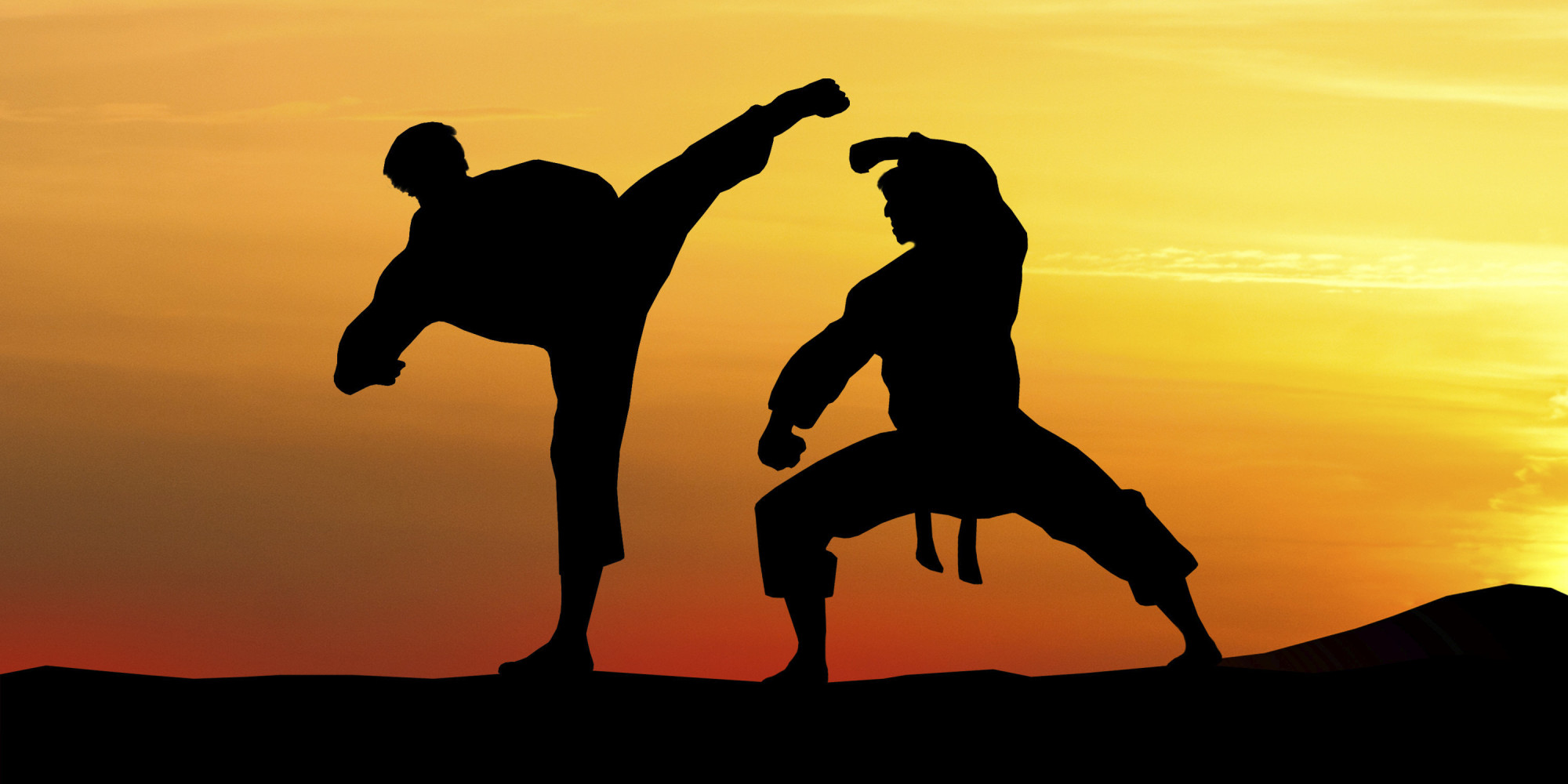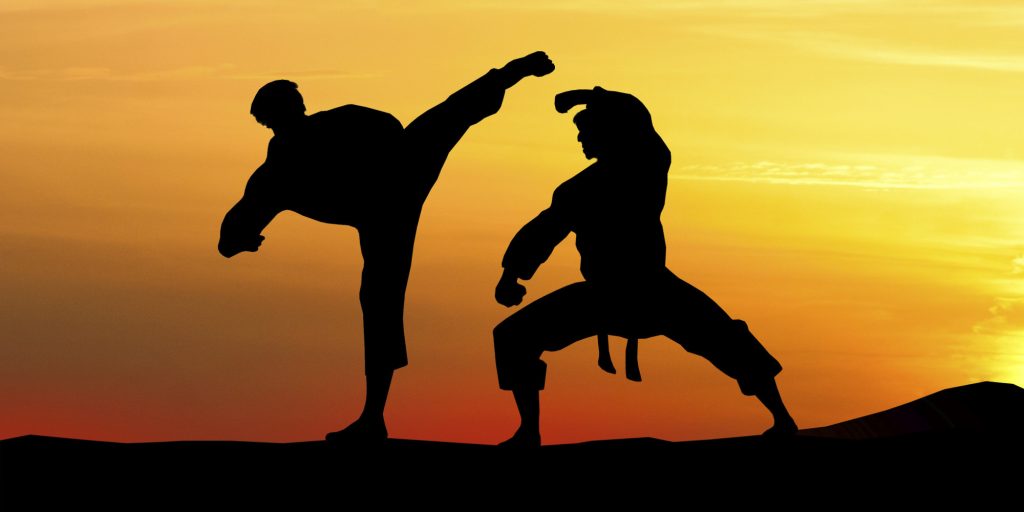
All throughout the world, people are very familiar when they hear the name “Karate Kid”. And we can’t deny the fact that, we loved the movies so much that we wanted to become Mr. Miyagi or Mr. Han’s apprentices (get it?). For some of us, that dream was turned into a reality and our hopes of becoming a karate kid came true. But, how much has changed in karate since it was founded? What’s new in the vast world of martial arts? If you are wondering this, well today’s your lucky day, because this post is just perfect for you. We are going to take a trip down history where we will see just how much karate has changed. We will go into depth, taking its original roots and kicking them into the present, and we will finally figure out which is better: Original or Modern.
History and Tradition
Karate is a form of martial arts that, according to records, originated in a small island in Japan, called Okinawa. Karate, word that means “empty-handed”, depicts a style that allows the practitioner to develop the physical and mental ability, which can help them be successful in a fight without the use of a weapon (Gonzalez page 3). Due to the weapons ban that was imposed in Japan in the 1600s, military soldiers opted for using this art as their fighting and war training, to be able to keep up against the advanced weapons that the other nations were using (Century).
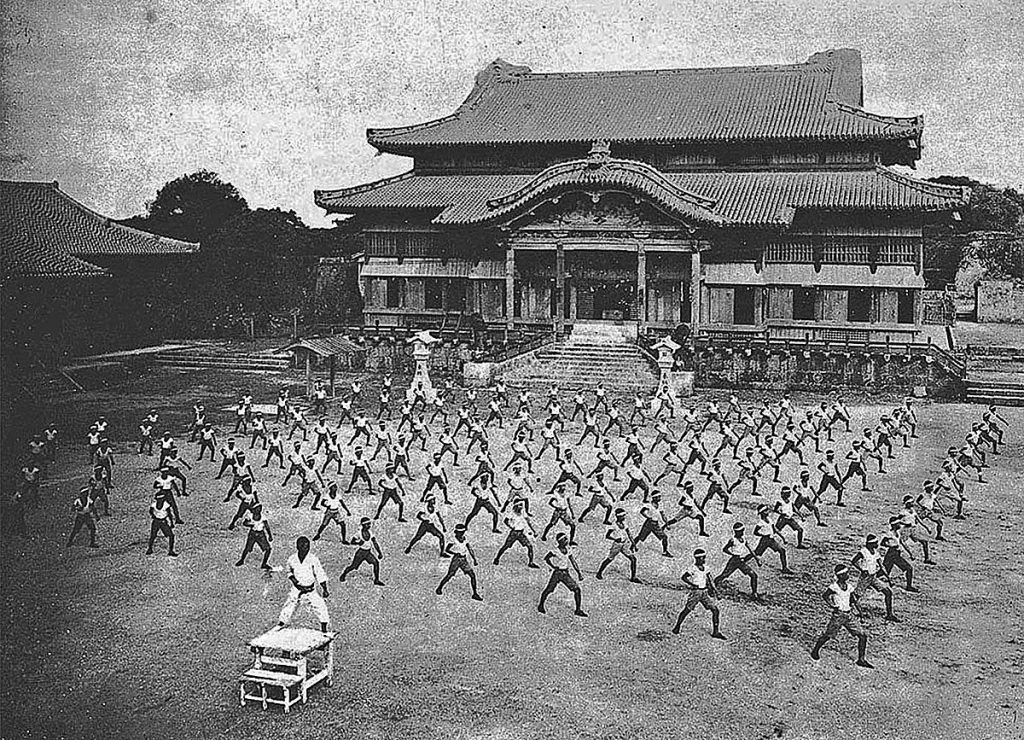
Master Gichin Funakoshi, better known as the “Father of Modern Karate”, introduced the style of Shotokan to the Japanese mainland in 1922. Funakoshi was born on November 10, 1868 and throughout his life, trained in both original styles of karate: Shorei-ryu and Shorin-ryu. In the early 1900s, he had combined these two styles to form a modern style with new teachings and philosophies, called Shotokan. The name attributed to this style came to be when Funakoshi’s students wrote his pen name (Shoto), followed by the Japanese term for house (kan), over the head frame of the dojo he taught out of (Gonzalez page 3). This style was defense-based, and consisted of simple sparring (kumite), and routines (kata) that were created to show ideal defensive and offensive attacks that would be effective in life threatening situations (Gonzalez page 4).
In 1922, Funakoshi traveled to the mainland and started to teach his style to eager learners that had showed interest. By the year 1936 he had managed to build his first Shotokan dojo in the Japanese capital of Tokyo, and had developed a document that contained his philosophies when it came to karate training, now known worldwide by the name of: niju kun or twenty principles. Funakoshi always inspired his students to diversify and create their own styles using the base of Shotokan to do it, and continued to teach his style all over Japan until his death in 1957.
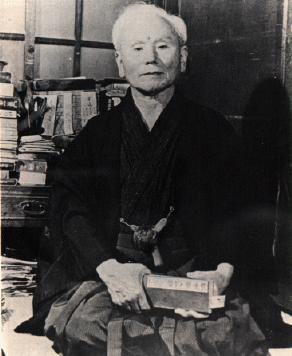
Kyodai Ryu
Following the huge spread of the sport, Shotokan eventually reached the United States by 1948, and subsequently reached Puerto Rico not long after. People all around Puerto Rico taught the Shotokan style while combining it with their own creations, leading to the surge of many different styles. This story represents many groups, including Kyodai Ryu, the karate group that I am a part of.
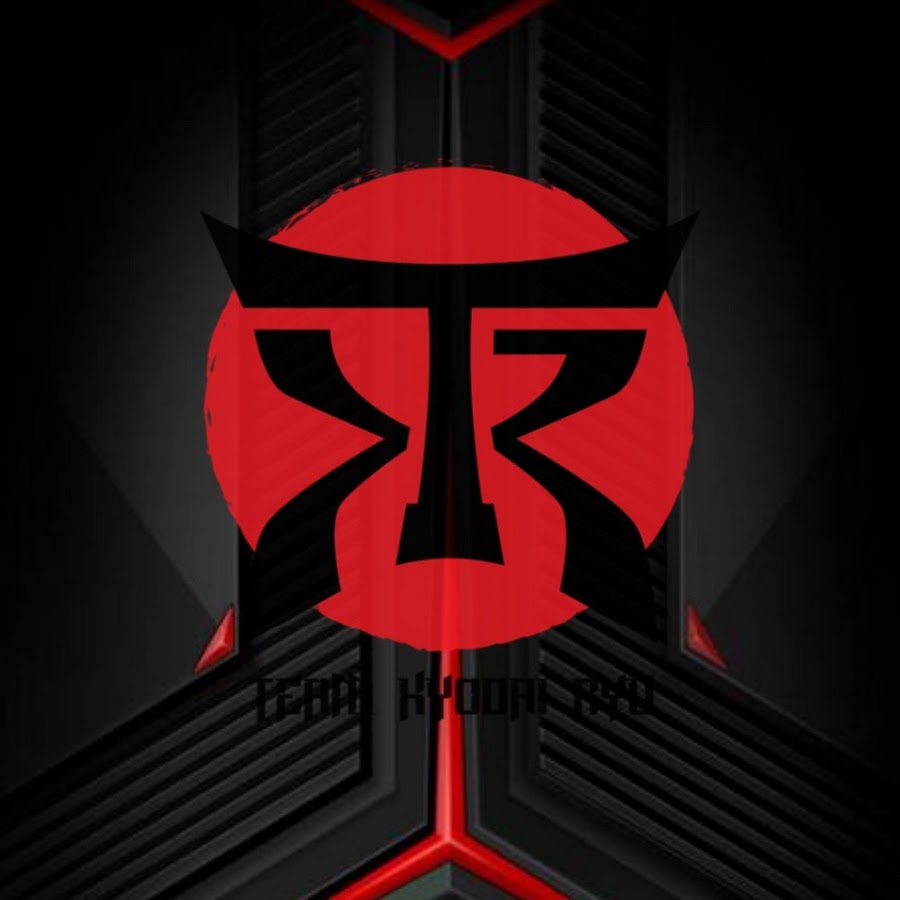
Kyodai Ryu was founded in 1990 in the island of Puerto Rico. Its creator, Grand Master Freddie Medina, was born in 1957, and during the years of 1963 to 1989, practiced and trained in the styles of Shotokan (karate do), Tai Fu Shoi and Self Defense. After earning his 5th degree blackbelt under Grand Master Tony Pabon, in Tai Fu Shoi, he was able to combine all that he had learned and successfully created Kyodai Ryu (Gonzalez page 11).
Using Funakoshi’s Shotokan as a base, he taught the original Shotokan Katas and created what we know as Katas Kyodai, routines with more extreme movements to it, and began to pass on his teaching to people in Puerto Rico. Now, almost 30 years after its creation, Kyodai Ryu has spread and currently has dojos open in Miami, Mexico, Venezuela and even Spain, where the combination of traditional Shotokan with its Kyodai twist still amazes the people that practice it (Gonzalez).
What has changed?
Now that we have a bit more insight into the history of Shotokan and how it has changed over time, we can start talking about the things that have been upgraded or modernized in the sport, as well as the things that are too important to change. Things like the numbers and vocabulary of techniques, movements and Katas remains in Japanese, as a way to pay homage to the roots of the sport. Other parts, like katas and weapon displays have been upgraded to include the more complex parts of the sport, as we will see below.
Vocabulary and Speech
Since karate was founded in Japan, the main language used to teach and communicate during class was Japanese. Even after the sport spread, instructors and students still used Japanese to name the techniques, the katas and the overall vocabulary used in the dojo. These words are fairly simple, and are the first thing that are taught to the new students that enter the dojo.
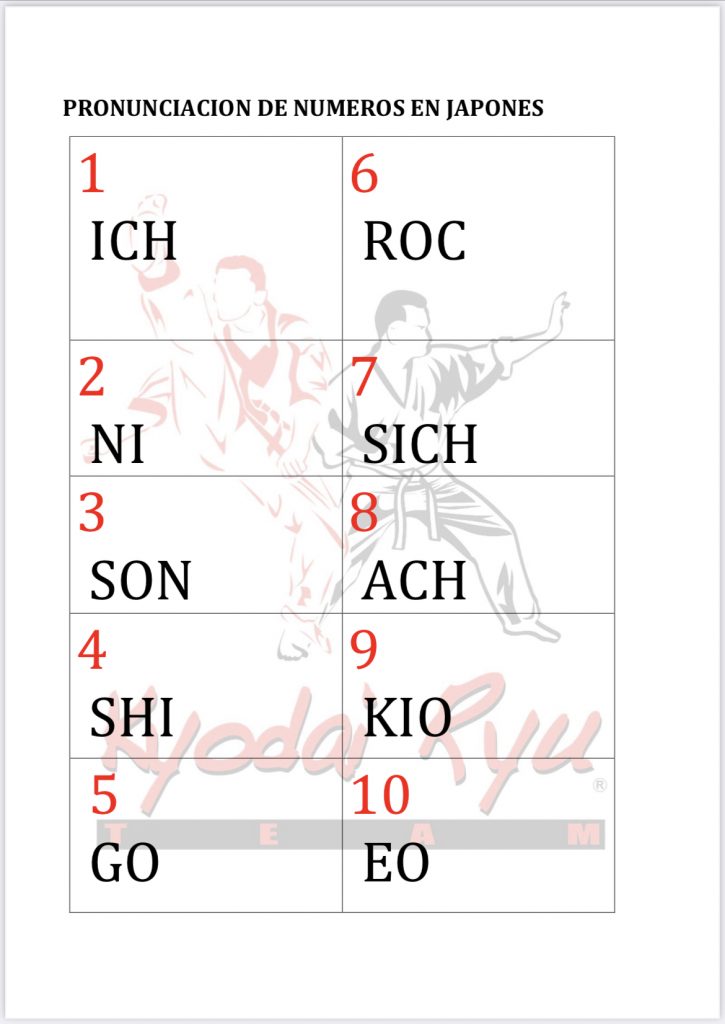
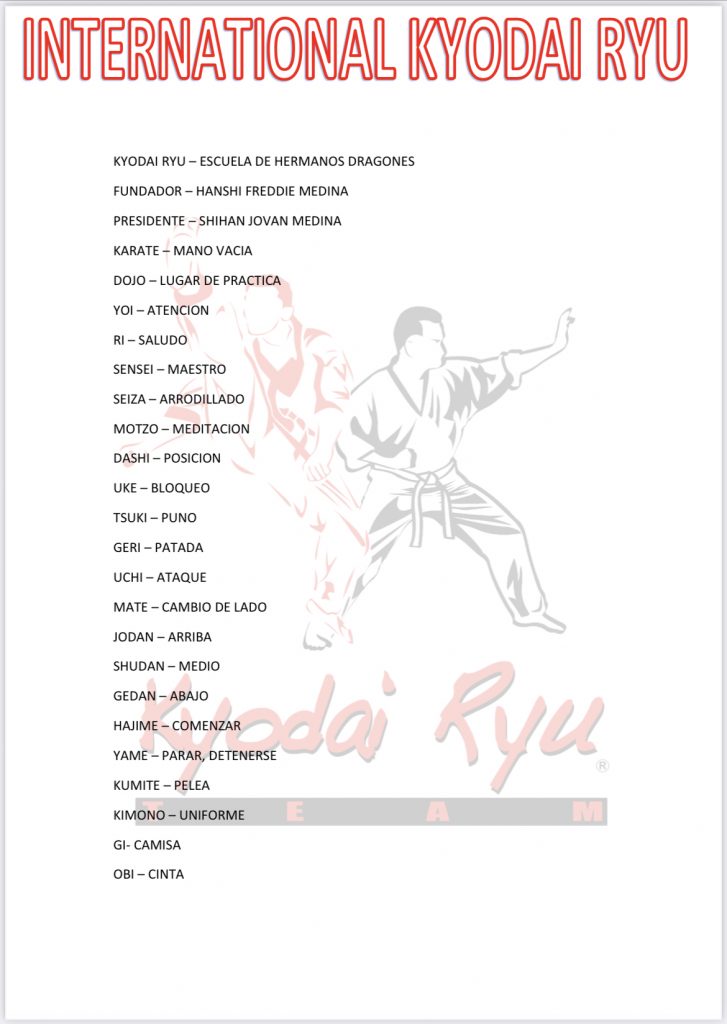
Another thing that still remains original in our sport is Funakoshi’s twenty principles for karate training. The most important principle, and the most known is:
空手に先手なし (Karate ni sente nashi). There is no first attack in karate.
Gichin Funakoshi, Niju Kun
This principle is the most important because it constantly serves as a reminder that Shotokan was developed specifically for defense purposes, and that the sport was and always is meant to be practiced with honor and discipline, not to be displayed as an act of violence.
Katas
The original Shotokan katas are still practiced in modern karate, and are also displayed by various competitors during tournaments. Nonetheless, individuals also opt to create their own kata, which can include more extreme and free movements.
Traditional katas are composed of movements that are supposed to simulate a real fighting situation, where the individual uses traditional attacks, kicks and defensive techniques in different directions as if it were fighting multiple people at a time. These katas are done without music and the competitor wears a “heavyweight” uniform that helps generate sounds when it’s hit. These katas will include screams at key points that will help the competitor add more strength to the technique, as well as maintain the attention of the judges and the audience. (WKC World page 2, hard style)
Creative or Freestyle katas are those that are created by the individual displaying it. They are composed of extreme movement like flips and fast paced combinations that are meant to impress and intrigue the audience, rather than show a well thought out fighting sequence. These katas are presented with music and the competitor will wear a loose fitting uniform that will allow them freedom of movement. The competitor will scream more often in these displays just to add an element of flair as well as aid them in maintaining the strength required to carry out these complex moves. (WKC World page 3)
In Kyodai Ryu, we have a series of creative forms called Katas Kyodai, which were created by Grand Master Freddie Medina and are now taught to the many students that are part of us. This is a creative form because of the speed of the movements as well as the complexity of the kicks and turns in it. The Kata you will see below is a requirement for higher ranking students, and let me tell you, it’s not as simple as it looks.
Synchronized Katas
There is nothing that can help us pinpoint exactly when synchronized katas were created or even discovered, and it is something that has stayed a mystery in the karate world. Although no one knows when they came to be, karate practitioners go crazy over how synchronized two or more individuals can be, making this category one of the most participated in the world.
Traditional synchronized katas will be displayed by 3 individuals, and this number of competitors will remain constant. As said above, the movements done in these katas will contain a logical fighting sequence. The competitors will wear a “heavyweight” uniform, but cannot rely on the sound produced or any external cue to remain synchronized. In addition to this, at the end of the kata, the individuals will set up a fighting scene, where they will use movements of the kata they presented, and demonstrate how these movements can be used when fighting against a real person. (WKC World page 4)
Creative synchronized katas have been displayed by as many as 5 individuals, with the number of individuals being open to change. As previously stated, they will not have a fighting sequence, and its focus is to impress and stand out. In these katas, although they are synchronized, the synchronicity is not always there, because competitors tend to mirror each other, as well as do separate things that will ultimately lead to the same ending. These katas can be presented with music, and the uniform worn is loosely fitted (WKC World page 4-5).
In Kyodai Ryu, I used to participate in synchronized katas, along with my close friend Juliette. We trained since we were rookies in the sport and managed to build a name for ourselves in tournaments around Puerto Rico. We did traditional katas with “heavyweight” uniforms, where we usually opened the tournaments for various academies back in Puerto Rico.
Weapons
Originally, weapons were tools that were used by farmers and fishermen on their day to day jobs and activities. After the 1600s weapons ban stated above, these individuals resorted to turning their tools into weapons that would allow them to defend themselves against possible threats to their produce, something that was done before they were integrated into the ever-evolving style of karate. Weapons like bo staffs, kamas and katanas are the most used weapons today (Century).
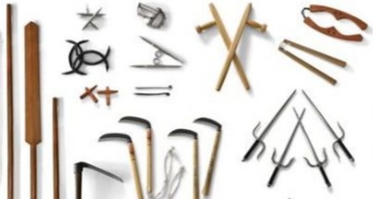
When displaying traditional weapons, the weapons will look like the ones above, and they will have some weight to them. The competitor will wear a “heavyweight” uniform and will perform precise movements while keeping their weapon at hand, never escaping the grasp of the wielder. These displays will contain movements that are considered simple to the individual, and will be very similar to the techniques used by farmers and fishermen in the past. (WKC World page 4)
Creative or Musical Weapons will feature the same weapons but with a different appearance. The weapon will be made of lighter material and will be easier to carry, and can also be made in different colors. The competitor will wear a lighter uniform for freedom of movement and the kata will include moments where the individual will throw the weapon in the air and attempt to successfully catch it. These routines are typically more interesting to watch because they generally include some personality and flair from the person that performs them. (WKC World page 4)
Which is Better: Original or Modern?
After comparing the two styles together, it is safe to say that neither style is better than the other. This is because we aren’t making any major changes to the overall sport. The essence and philosophy of the sport still remains and even though the difference between modern and tradition is night and day, we upgraded the sport in a way that will never make us forget where we came from.
In reality, karate has gone through a positive evolution that has allowed it to stay relevant all these years. In the end, whichever style we practice, modern or original, we are able to pass on a historical sport, and we will ensure it never dies. Because karate isn’t just a sport, it’s a lifestyle that will change you for the better.
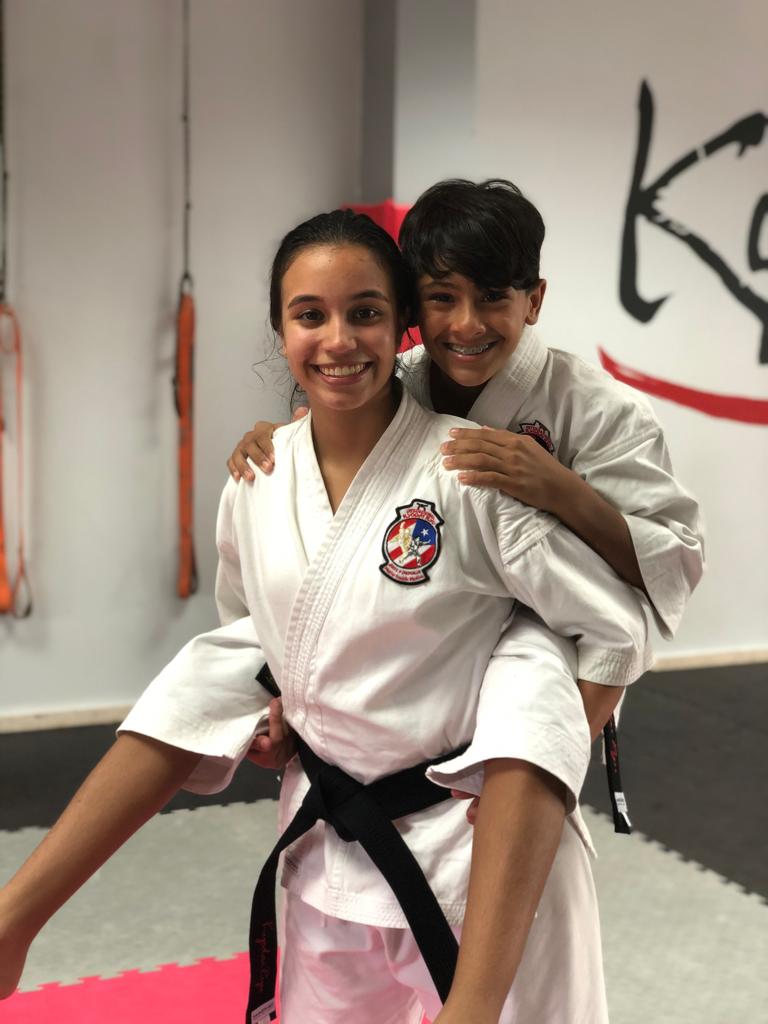
References
Century Martial Arts. “The History of Weapons in Martial Arts Part I”. Century Martial Arts. 5, Oct. 2016, https://blog.centurymartialarts.com/the-history-of-weapons-in-martial-arts-part-i
Final Male Team Kata SPAIN. 2014 World Karate Championship. 2016. Youtube, https://www.youtube.com/watch?v=6YRgZVtl8EA
Gonzalez, Soleyl. “Kyodai Ryu”. 2017. Microsoft Word file, https://docs.google.com/document/d/1iqbFbyXmbcAL6WqEXwJKTYSa9RQelN4o/edit
Jackson Rudolph I 2020 Irish Open Finals I Creative Weapons Demo. 2020. Youtube, https://www.youtube.com/watch?v=_QqEl1qRXXI
Jackson Rudolph – Traditional Weapons – US Open 2016. 2016. Youtube, https://www.youtube.com/watch?v=uwg0Vnv73Ow
Kyodai Kata 5. Hanshi Jovan Medina. 2021. Youtube, https://www.youtube.com/watch?v=gbnOx4xCttQ
Luca Valdesi – Individual Kata Male Final – WKF World Karate Championship Belgrade 2010. 2012. Youtube, https://www.youtube.com/watch?v=Rb8jVEpH1xc
Mackensi Emory I 2018 US Open ISKA Night of Champions Womens Forms. 2018. Youtube, https://www.youtube.com/watch?v=tLPzol7UdQQ
Soleyl Gonzalez and Juliette Caban Kyodai Ryu Tournament. 2021. Youtube, https://youtu.be/qUZ254wb4b8
Team Paul Mitchell ISKA World Sync Forms Championship. 2015. Youtube, https://www.youtube.com/watch?v=AeDAkJRuMaQ
WKC World. “Rules_2019_Kata_and_Weapons”. WKC World Karate Commission. 2019, http://www.wkcworld.com/wp-content/uploads/Rules_2019_Kata_and_Weapons.pdf
